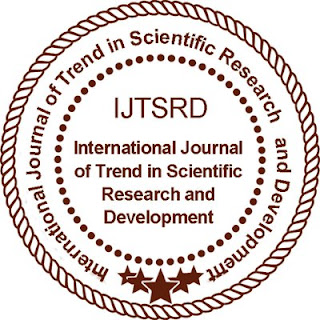The article represent the results of researching opportunities to use a cotton yarn with a Lycra yarn instead of filament in the knitwear producing. For this investigation were knitted most common knitted stitches plain supreme , rib ribana and interlock using synthetic polyester yarns, cotton yarns and cotton yarns adding a Lycra thread.
by Gulyaeva Gulfiya Kharisovna | Mukimov Mirabzal Mirayubovich | Artikova Munavvar "Investigation of Effective Use of Cotton Yarn in Knitting"
Published in International Journal of Trend in Scientific Research and Development (ijtsrd), ISSN: 2456-6470, Volume-5 | Issue-6 , October 2021,












